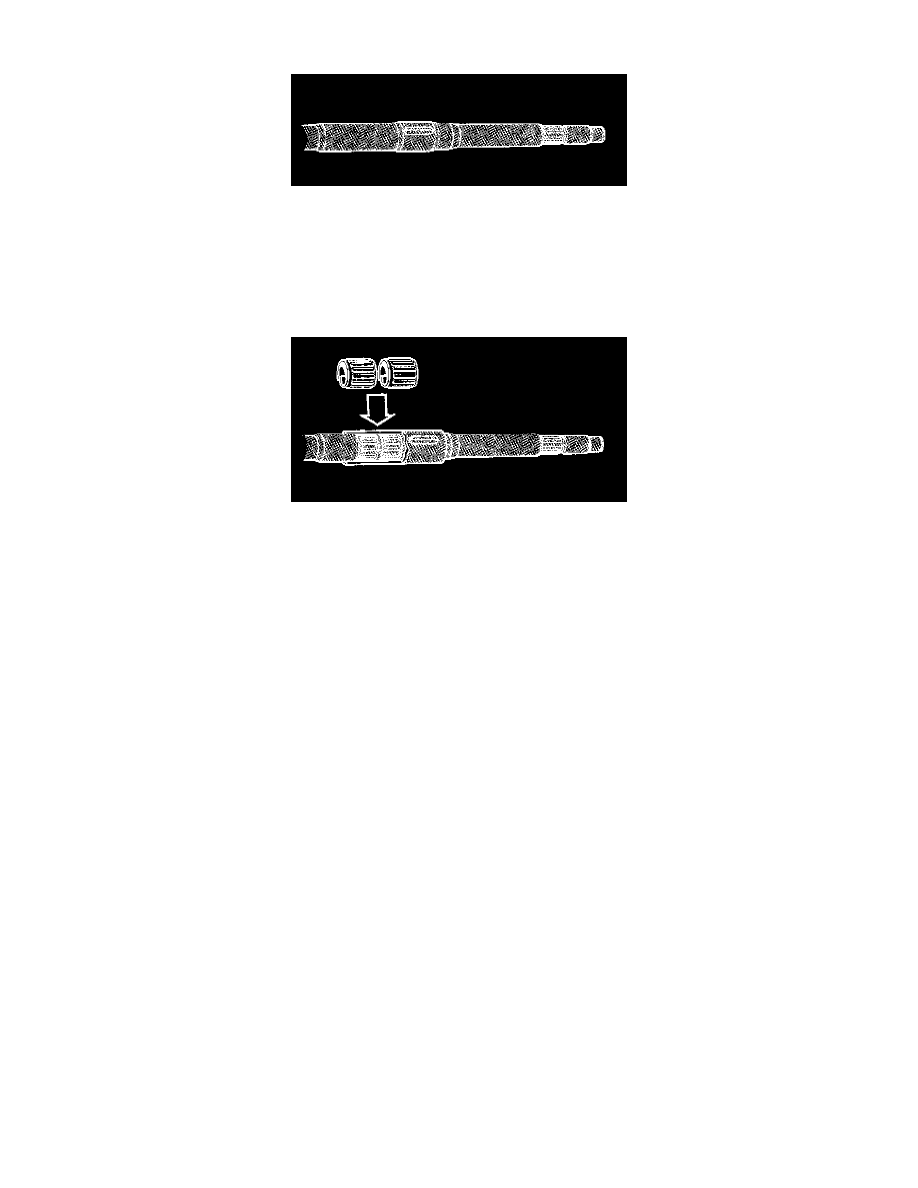240 L6-2383cc 2.4L DSL SOHC D24 FI (1982)

Steering Column Lock: Description and Operation
Earlier version -1984
The steering lock is intended to stop the steering wheel being turned once the ignition key has been removed. To achieve the locking effect in the earlier
type of steering shaft, the barrel of the steering lock grips a spline in the upper part of the shaft.
If the steering wheel is jerked sharply in an attempt to break the lock, for example if an attempt is being made to steal the car, torque is transmitted
directly to the locking barrel. The risk then is that the barrel will be damaged and need replacing.
Later version 1985-
A new type of upper steering shaft fitted with an integral inertia-limited steering lock was introduced in 1985 to cars on the Scandinavian markets.
The mechanism consists of two spring-loaded bushings which fit into splines on the steering shaft, and of a larger steel bushing with three splines. The
larger bushing is pressed over the two spring-loaded bushings. In the locked position, the barrel of the steering lock grips the steel bushing splines.
If the steering wheel is jerked sharply in an attempt to break the lock, for example if an attempt is being made to steal the car, torque is transmitted first
to the two spring- loaded bushings. If the torque increases, the steering shaft begins to turn within the steel bushing. This exerts less force on the locking
barrel and damage to the steering lock can thus be avoided.
This design has made theft considerably more difficult.
Note!
The inertia-limited steering shaft can only be fitted in cars from 1981 onward as a replacement part. To do so it is also necessary to install a
new steering column member.
